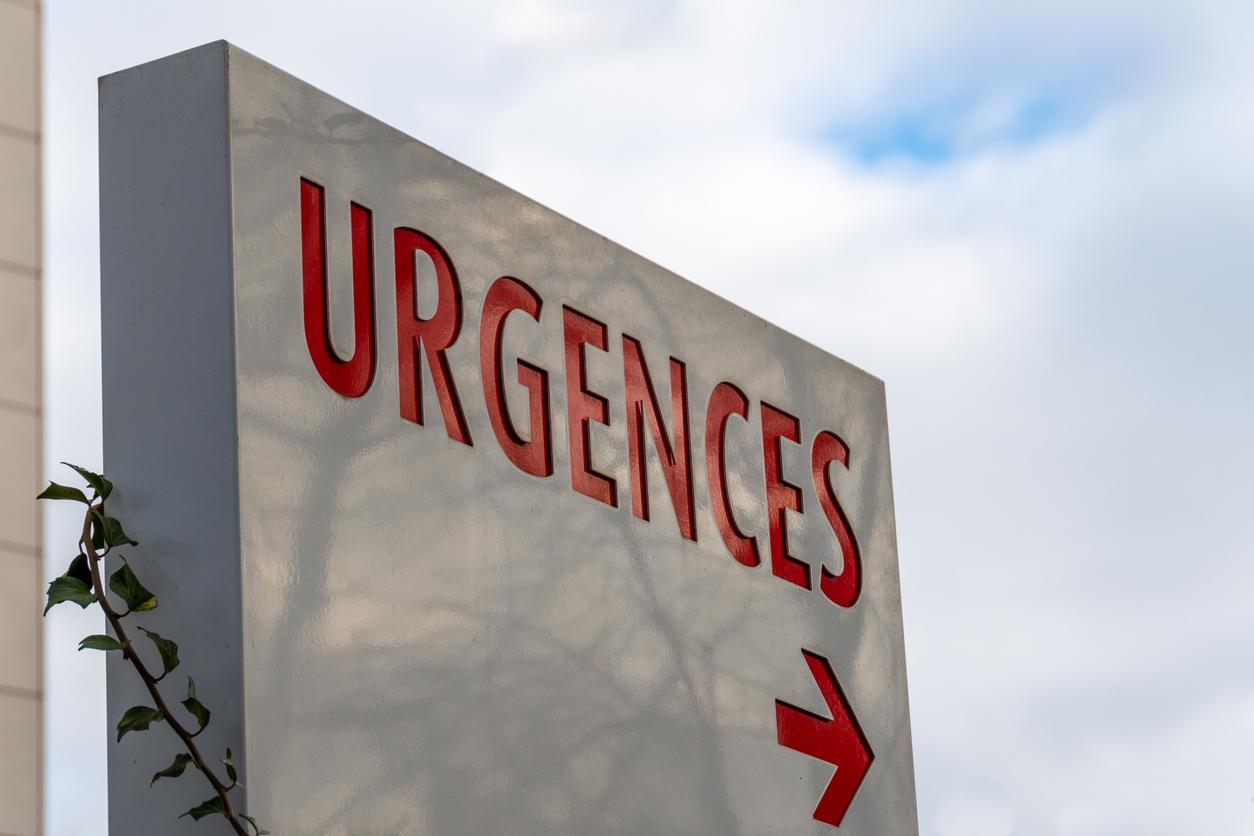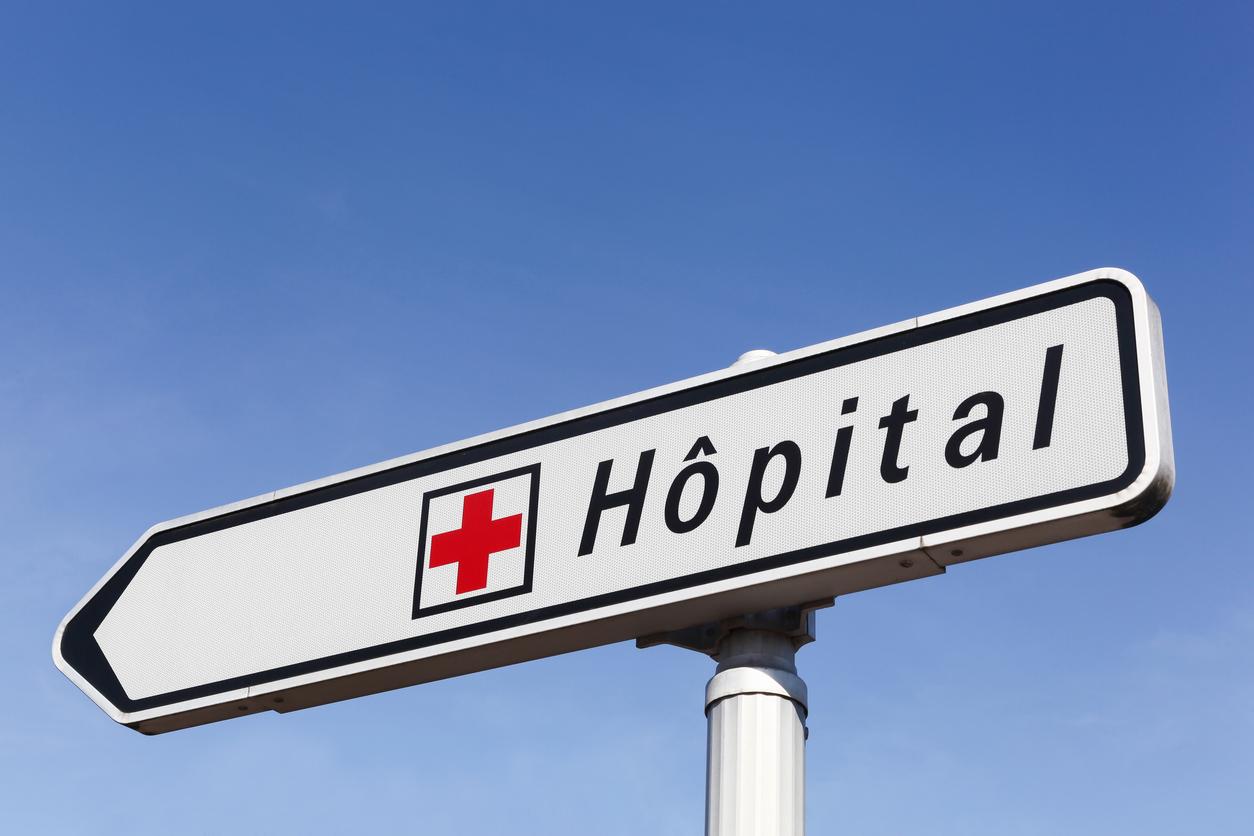Every five years, the national survey of the prevalence of Nosocomial infections and anti-infectious treatments in healthcare establishments (ENP) provides an overview of nosocomial infections in France. 2017 study published by Public Health France, shows that for the first time these infections no longer decrease. The prevalence of infected patients between 2012 and 2017 remained stable: 1 patient in 20 (evening 5% of patients). The main bacteria involved are: Enterobacteriaceae, of which Escherichiacoli (nearly 1/4 of infections) and Staphylococcus aureus (13%).
What is a nosocomial infection?
A nosocomial infection is an infection associated with healthcare (HAI) contracted during a stay in a healthcare establishment (hospital, clinic, etc.). This means that the infection is absent when the patient is admitted to the establishment and that it occurs during care (diagnostic, therapeutic, palliative, preventive …).
If the infectious state of the patient on admission is unknown, the infection is considered nosocomial if it appears after 48 hours of hospitalization. These infections are still more evident in intensive care units (1 in 4 infected patients), which welcome patients who are more vulnerable and exposed to multiple invasive devices.
Urinary tract infections are the most common
The most common nosocomial infections are urinary tract infections, respiratory infections (pneumonia), infections associated with surgery (surgical site infections). They do not all have the same degree of seriousness. Very frequent urinary tract infections are usually harmless despite the discomfort caused. Conversely, infections occurring for example during orthopedic surgery are more serious.
It is estimated that nosocomial infections are the direct cause of 4000 deaths each year in France.
Read also :
Hospital: some bacteria are resistant to hydroalcoholic gels
Nosocomial infections: short stays increase the risks


















